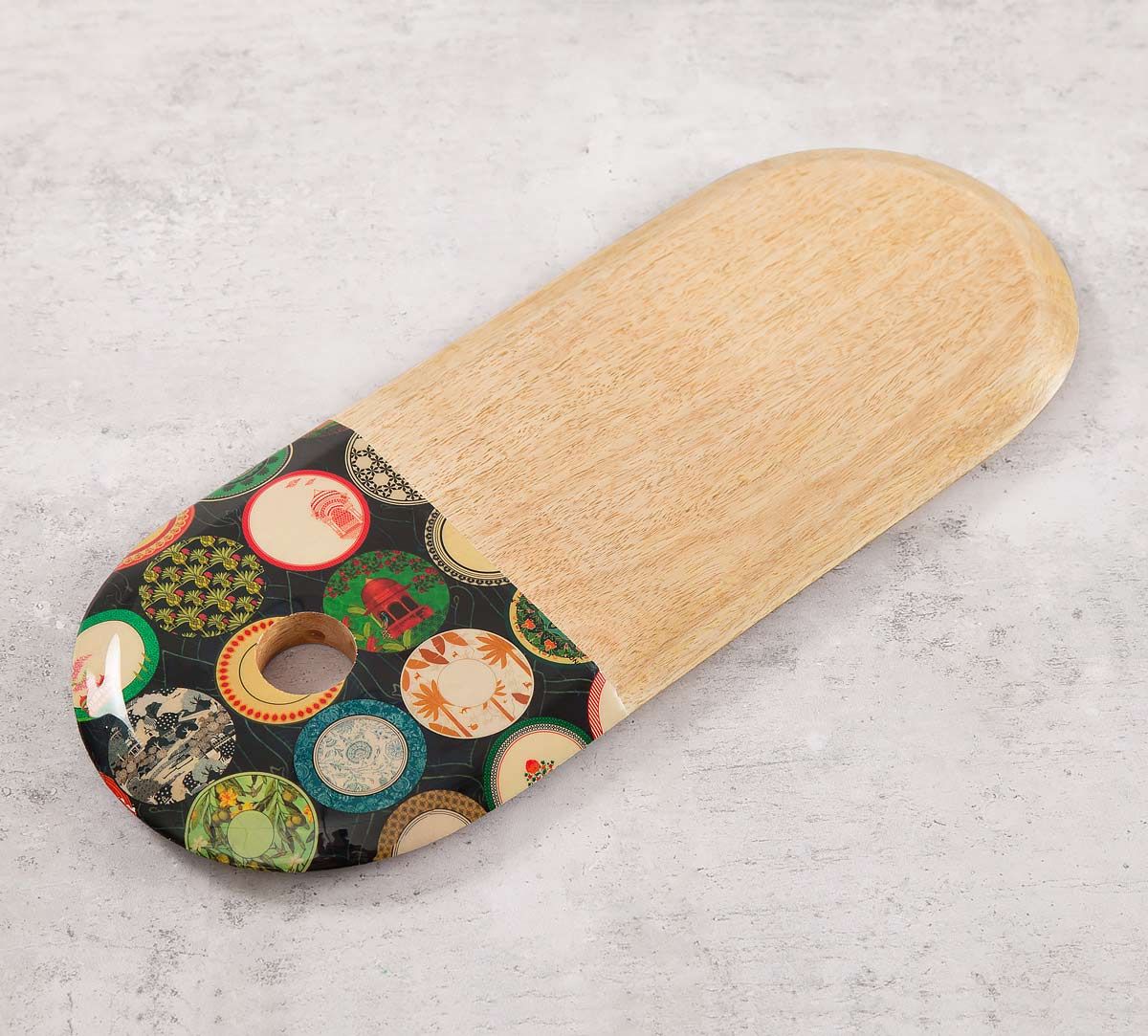
Understanding Various Types of Japanese Knives Suitable for Chopping Boards
Japanese knives are well known for their sharpness and precision. When it comes to chopping boards, there are various types of Japanese knives to choose from. Each knife has its unique shape and use, and it’s essential to understand them to achieve optimal performance. In this blog, we’ll introduce you to some of the Japanese knives that are suitable for use on chopping boards.
Santoku Knife – This is one of the most popular Japanese knives and is commonly used in most homes. It has a flat edge and a pointed tip, making it perfect for slicing, dicing, and mincing. The Santoku knife’s shape makes it ideal for use on a chopping board with ease, and it’s designed to enable you to slice through vegetables and meats with utmost precision.
Nakiri Knife – This knife is a vegetable chopper’s favorite. Like the Santoku knife, it has a flat edge, but instead of a pointed tip, the blade’s end is squared off. The Nakiri knife is perfect for cutting through thicker vegetables like pumpkins and squashes, and it’s designed to perform accurate straight cuts, which makes it ideal for use on a chopping board.
Deba Knife – This knife is designed for filleting and butchering fish and poultry. Its shape allows it to glide through the meat effortlessly and make precise cuts easily. The blade is thick and heavy, enabling it to cut through the bones with ease. It’s important to note that the Deba knife isn’t suitable for cutting through vegetables or fruits.
Usuba Knife – This Japanese knife is a Vegetable carver’s best friend. It’s flat and thin, which allows it to make accurate and delicate cuts on vegetables like carrots and cucumbers. The Usuba knife is ideal for chopping boards in Australia, and it’s designed to make paper-thin cuts.
Yanagiba Knife – This knife is a sushi chef’s favorite and is designed for slicing raw fish. Its sharp and narrow blade makes it ideal for cutting through the fish as toxins, and bacteria gather in it. The Yanagiba knife is long and slender, and its design allows it to make long and clean cuts suitable for sushi presentations.
Conclusion:
Each of the Japanese knives has its unique shape and usage. Understanding the appropriate knife to use on a chopping board significantly enhances your cooking experience. The knives mentioned above are just but a few Japanese knives that are perfect for chopping board use. Investing in a good quality set of Japanese knives not only elevates your cooking skills but also improves the performance of your chopping board. We hope this blog has provided you with useful information that will enable you to make informed decisions when choosing the right knife for your chopping board needs.
